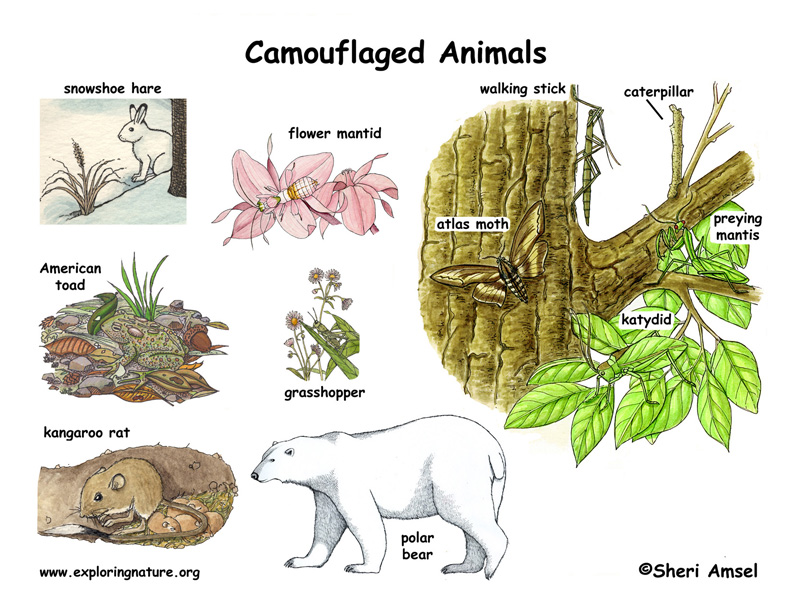Why do plants reproduce?
Living things do not live forever. They will die one day. To
ensure survival and continuity of their own kind, they need to reproduce.
Like animals, plants reproduce to ensure the continuity of
their own kind.
Most plants reproduce from seeds. However, there are some
that do not reproduce from seeds. They have other way to reproduce young.
Ferns, moss and algae reproduce from spores.

Some plants reproduce from plants parts. Bud found on the underground stem of potato and ginger will grow into new plants.
Young plants will grow on the leaf margins of the
bryophyllum plants.
In biology and ecology, extinction is the end of
an organism or of a group of organisms (taxon), normally a species
Living things that cannot ensure survival and continuity of
their own kind become extinct.
An example would be the Yunnan Malva and the
Wood’s Cycad, which are extinct in the wild.

To date, Wood's male specimen is the only representative of the species ever found. It may even be the only specimen left. Luckily, the plant regularly forms side-shoots at the base of the stem that are cut off and cultivated into separate plants. By sending these plants/stems to other botanical gardens worldwide, the risk of extinction is lowered and the male Encephalartos woodii can exist without female species members. This is the Hortus' way of supporting the survival of this unique plant species.
